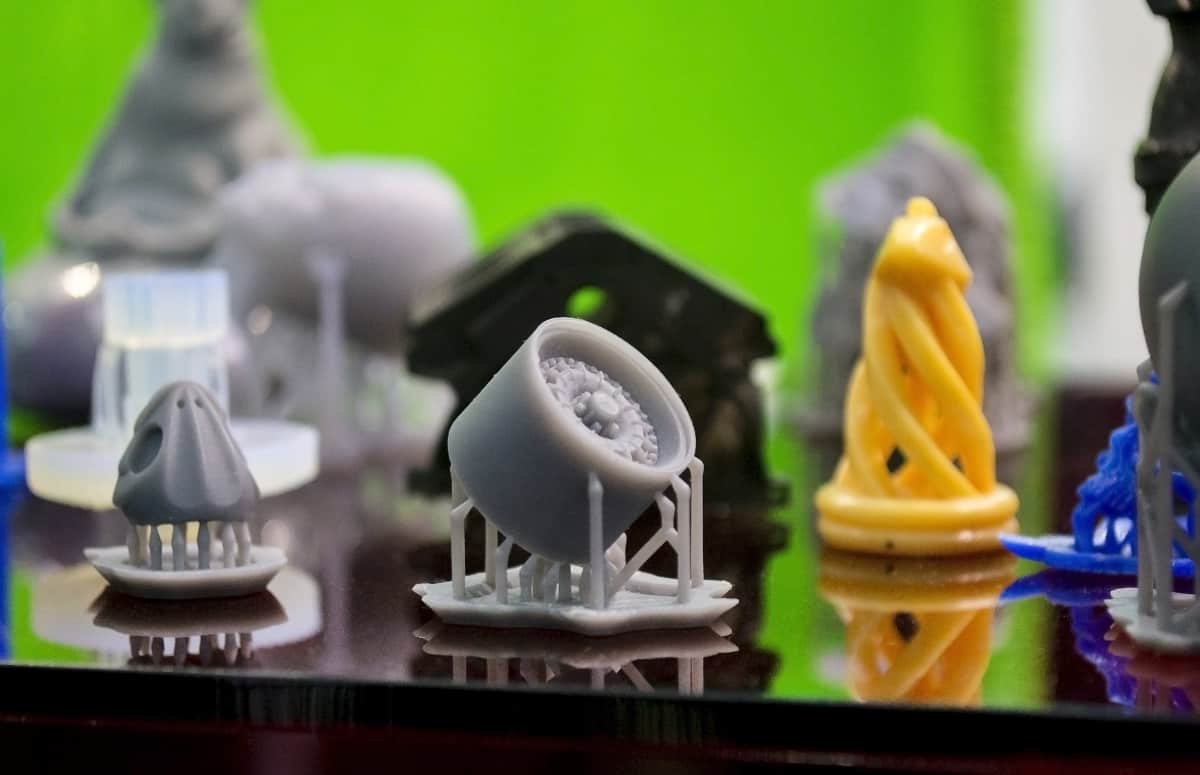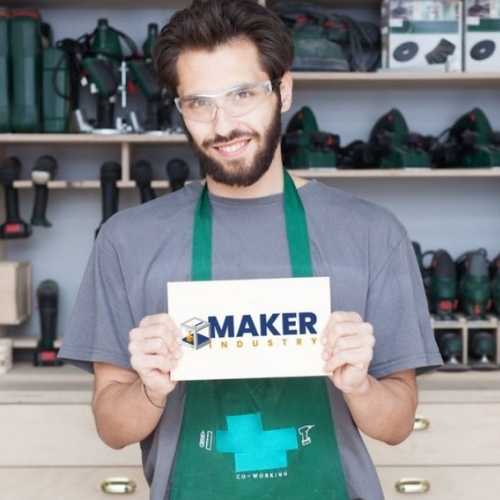3D printers are testaments to some of the most advanced technology humans have ever created. The process of 3D printing involves building a three-dimensional object from a digital design made on a computer.
They can be used for several purposes, from home applications like making a small ball or toy, to industrial applications, or even in the food industry. So what can I make and sell with a 3D printer? Let’s answer that question.
What Can You Make With A 3D Printer?
3D printers allow you to print a wide variety of items that you would typically have to go out of your way to purchase. While modern 3D printers are not in every household in the world just yet, the internet has already been flooded with millions of ready-to-print items.
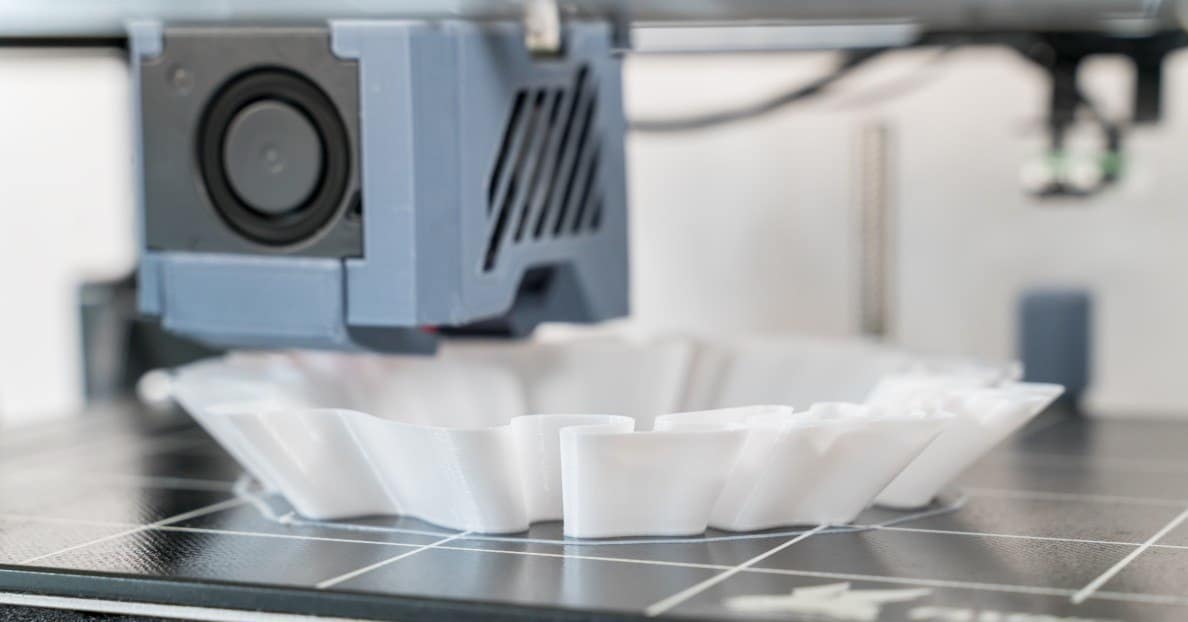
These objects include pretty much any household item you could ever possibly need. Although not all of these items are worth the material that they are printed from, there are some genius objects that are totally free to download and print.
Some of the objects that you can print are quite impressive, such as a 3D printed house, for example. A nonprofit company based in San Francisco called New Story, partnered with a construction technology company known as Icon, and used a 3D printing method to create a 350-square-foot, tiny home.
The project took 48 hours and cost around $10,000. It has been estimated that 600- and 800-square-foot homes inspired by this original prototype could cost as little as $4,000 and can be built in only 24 hours.
These affordable and fast homes have been designed for use in a diverse range of locations, like providing homes in the rough terrains and climates in El Salvador to economical housing in Texas. If we look at a scope greater than Earth, we can observe the 3D printed habitat challenge that was launched by NASA.
This initiative is pushing the boundaries of innovation in the technologies that are needed to autonomously 3D print habitats using resources indigenous to extraterrestrial planets, as well as recyclable materials from Mars, the moon, and other planets.
In the medical field, researchers have been developing a variety of 3D printing systems that are able to print living tissue over severe burns and deep wounds. Scientists from the University of Toronto, as well as the Sunnybrook Research Institute, have developed a 3D bioprinter that is handheld and is capable of printing skin cells to treat burn victims.
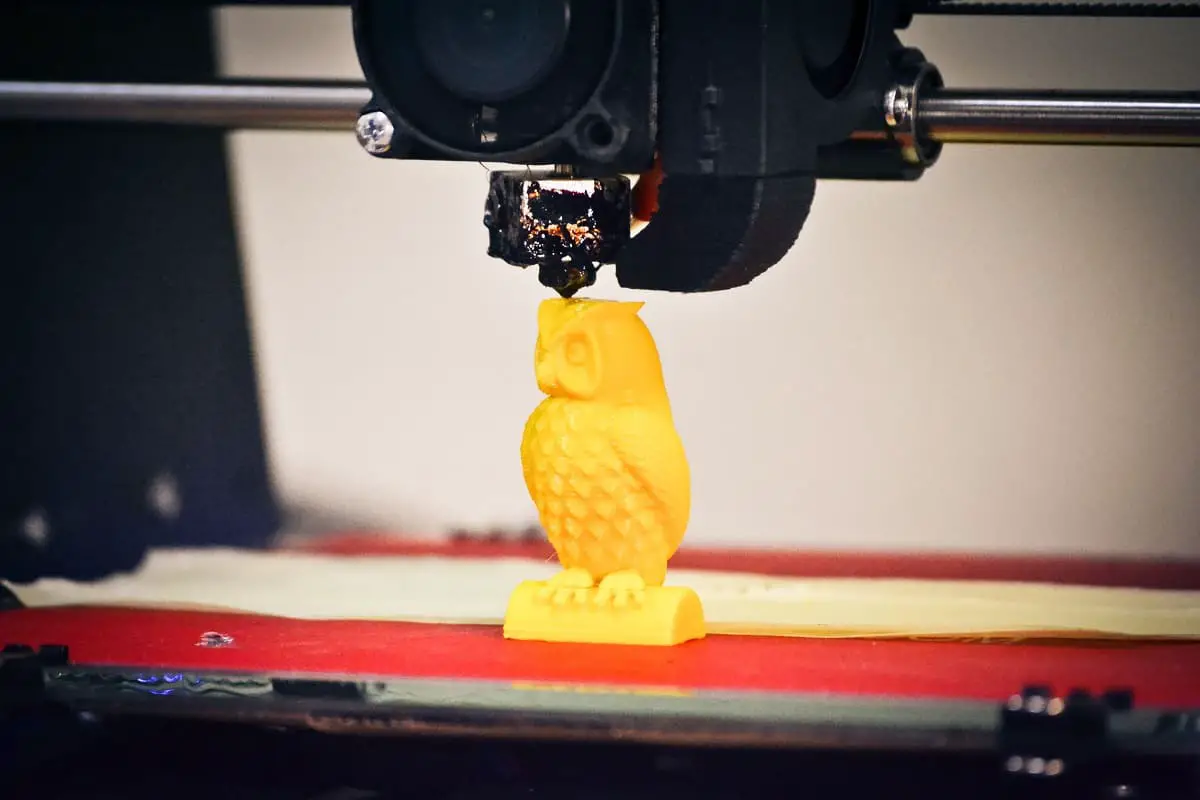
Producing and Selling With a 3D Printer
The invention of 3D printing methods and techniques has revolutionized the way we view the manufacturing world and has provided entrepreneurs with many new opportunities for innovation and creativity.
3D printing allows for an extensive range of customization options when printing an object that is quite complex, and also reduces some manufacturing costs. There are even multitool 3D printers that are now available, which are even more versatile, with some being labeled as all-in-one machines.
Perhaps the easiest way to make money using a 3D printer is to offer the printer to clients as a service or to sell the items that you print. The demand for 3D-printed objects has increased exponentially with the development of new 3D printing methods, especially among those who do not have access to a 3D printer.
You can also make items and products and sell them, especially if you are a skilled designer. Another 3D printing service that has recently been in high demand amongst businesses and professionals is rapid prototyping.
Rapid prototyping is popular amongst those that work in design, architecture, construction, and engineering. 3D printing technology can be used to create a scale prototype. This then can be used by professionals to showcase their digital design as a three-dimensional object, to give a conceptual presentation, as well as to test how viable the end product will be.
3D printing reduces the cost and time it takes to produce a prototype, minimizes the possibility of manufacturing errors, and allows to experiment with variations on the same design.
3D Printed Food
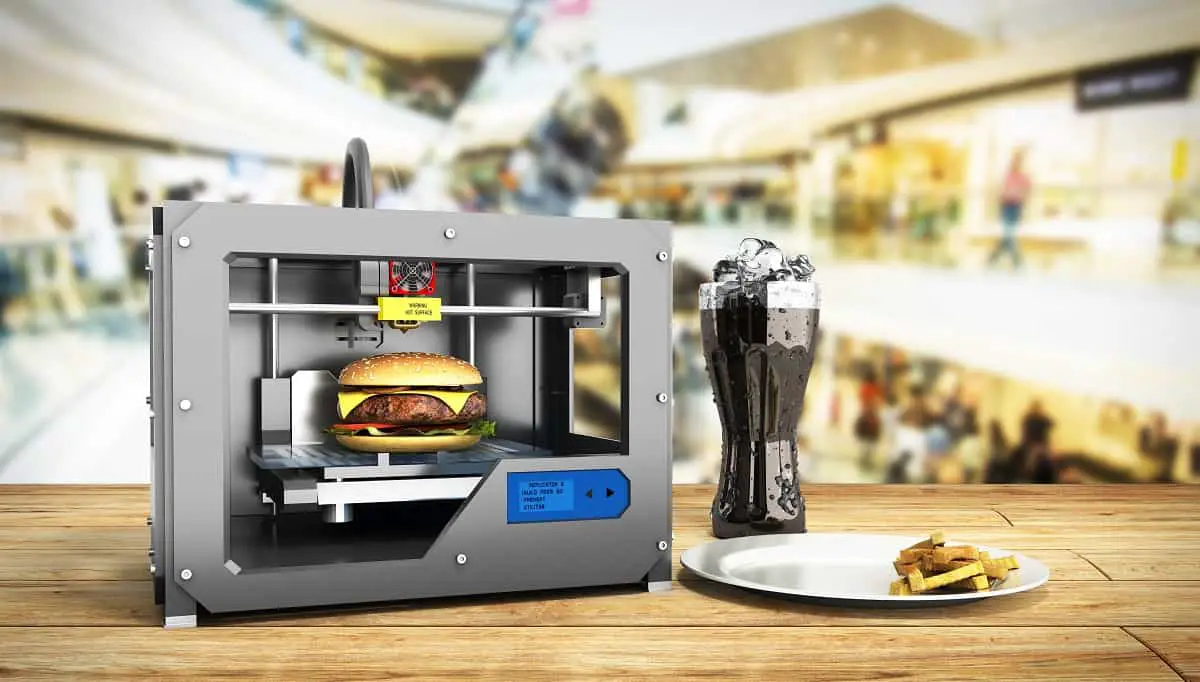
The most delicious application for 3D printing is the creation of 3D printed food. Once this was just a fun science fiction trope, now it is a reality.
As the name suggests, 3D printed food is a method of meal preparation in an additive, automotive manner. To give an example, the base of a 3D printed pizza is extruded line by line by a 3D food printer. The tomato sauce is applied using the same printer, but cheese and other toppings are added by hand.
The prospect of 3D printed food can open up some business opportunities for entrepreneurs that aren’t afraid to try something new. They allow us to reinvent culinary methods on a variety of levels, from shape to texture, to an all-new artistic vision.
It also provides ample opportunities to make consuming foods like meat more sustainable, as well as making space travel more comfortable by providing new ways to prepare meals in zero gravity.
There is no limit to what foods can be 3D printed, as long as the ingredients can be pureed. The main thing to consider is that whatever is being printed needs to be able to be forced through a mechanism that is similar to a syringe.
Conclusion
Making and selling with a 3D printer is a viable business venture that can be very lucrative and profitable, especially since it is still a relatively new technology.
Brave entrepreneurs will find this opportunity very appealing, and should not hesitate to pursue it if they are able.
